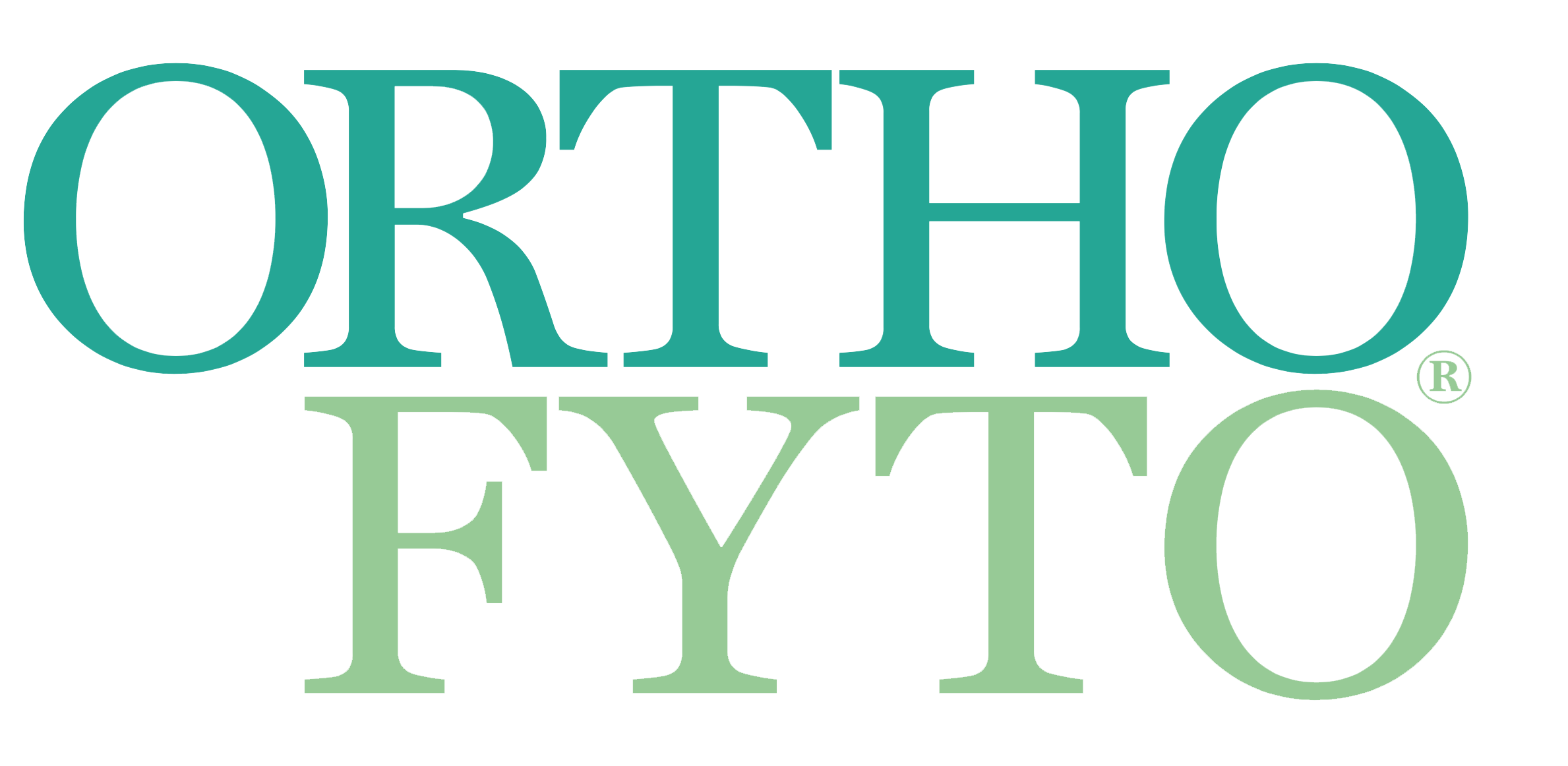Dyspepsie
28 Mar, 2022
OrthoFyto 3/16
Selma Timmer
De term dyspepsie (‘verteringsstoornis’) verwijst naar maagklachten of symptomen in het bovenste deel van het maag-darmkanaal. Naast pijn of een onaangenaam gevoel in de bovenbuik/maag (het centrale symptoom) kunnen er andere klachten zijn zoals een snelle verzadiging, opgezette bovenbuik, refluxklachten (zuurbranden, zure oprispingen), boeren, misselijkheid, braken, vieze smaak in de mond en slechte adem. De slokdarm, maag en het eerste deel van de dunne darm kunnen betrokken zijn. Bij functionele dyspepsie bestaan de klachten langer dan twee tot drie maanden en/of komen ze geregeld terug (terwijl refluxklachten niet overheersen); de term functioneel geeft aan dat na onderzoek geen organische of biochemische oorzaak voor de klachten is gevonden, of onderzoek naar een organische of biochemische oorzaak nog niet heeft plaatsgevonden. Bij gastro-oesofageale refluxziekte (GERD: gastroesophageal reflux disease) overheersen refluxklachten, die vaak ontstaan door een verhoogde buikdruk (bijvoorbeeld door te veel eten of abdominale obesitas). Bij alarmsymptomen (waaronder hematemesis, melena, aanhoudend braken) is gastroscopie of spoedverwijzing noodzakelijk1.
Wilt u het hele artikel als PDF ontvangen? Bestel het dan hier voor € 3,50.
Bronnen:
1. Numans ME et al. NHG-Standaard Maagklachten (derde herziening). Huisarts Wet 2013;56:26-35.
2. Ottillinger B et al. STW 5 (Iberogast)- a safe and effective standard in the treatment of functional gastrointestinal disorders. Wien Med Wochenschr. 2013;163:65-72.
3. Parreira P et al. Helicobacter pylori infection: a brief overview on alternative natural treatments to conventional therapy. Crit Rev Microbiol. 2016;42(1):94-105.
4. Allescher HD. Functional dyspepsia – a multicausal disease and its therapy. Phytomedicine 2006;13:SV2-11.
5. Patrick L. Gastroesophageal reflux disease (GERD): a review of conventional and alternative treatments. Altern Med Rev. 2011;16(2):116-133.
6. O’Mahony R et al. Bactericidal and anti-adhesive properties of culinary and medicinal plants against Helicobacter pylori. World J Gastroenterol. 2005;11(47):7499-507.
7. Chedid V et al. Herbal therapy is equivalent to rifaximin for the treatment of small intestinal bacterial overgrowth. Glob Adv Health Med. 2014;3(3):16-24.
8. McColl KE. Helicobacter pylori Infection. N Engl J Med 2010;362:1597-604.
9. Franceschi F et al. Clinical effects of Helicobacter pylori outside the stomach. Nat Rev Gastroenterol Hepatol. 2014;11(4):234-42.
10. LV Z et al. Efficacy and safety of probiotics as adjuvant agents for Helicobacter pylori infection: a meta-analysis. Exp Ther Med. 2015;9(3):707-716.
11. Correia M et al. Docosahexaenoic acid inhibits Helicobacter pylori growth in vitro and mice gastric mucosa colonization. PloS One 2012;7:e35072.
12. Fahey JW et al. Urease from Helicobacter pylori is inactivated by sulforaphane and other isothiocyanates. Biochem Biophys Res Commun. 2013;435(1):1-7.
13. Salem EM et al. Comparative study of Nigella Sativa and triple therapy in eradication of Helicobacter Pylori in patients with non-ulcer dyspepsia. Saudi J Gastroenterol. 2010;16(3):207-14.
14. Akai Y et al. Green tea polyphenols reduce gastric epithelial cell proliferation and apoptosis stimulated by Helicobacter pylori infection. J Clin Biochem Nutr. 2007;40(2):108-15.
15. Han YM et al. Dietary, non-microbial intervention to prevent Helicobacter pylori-associated gastric diseases. Ann Transl Med. 2015;3(9):122.
